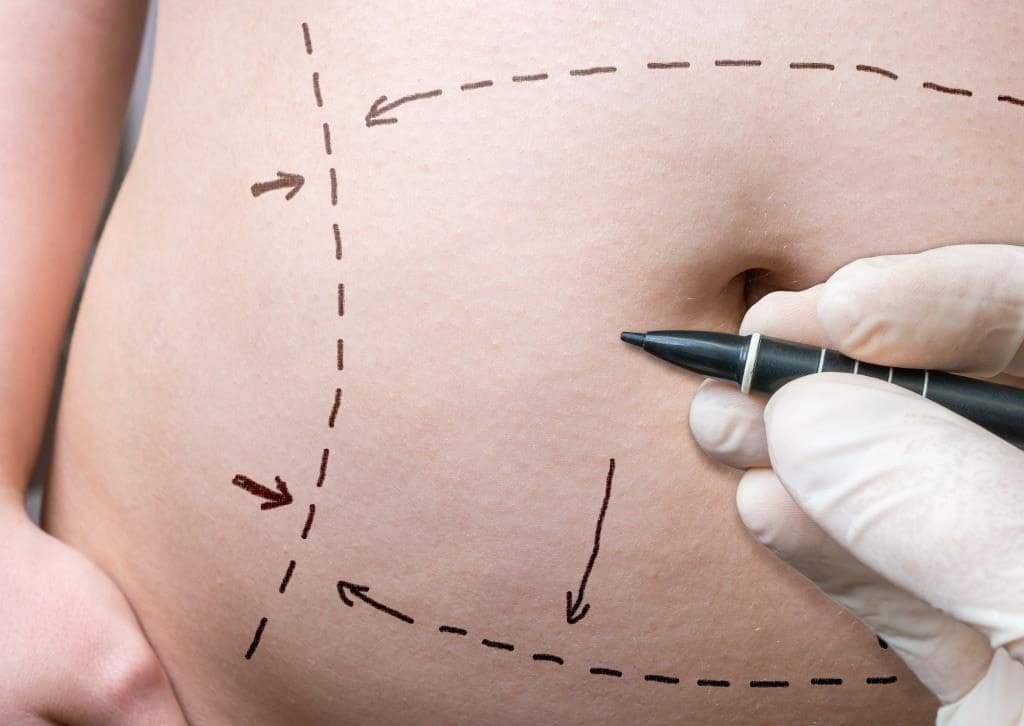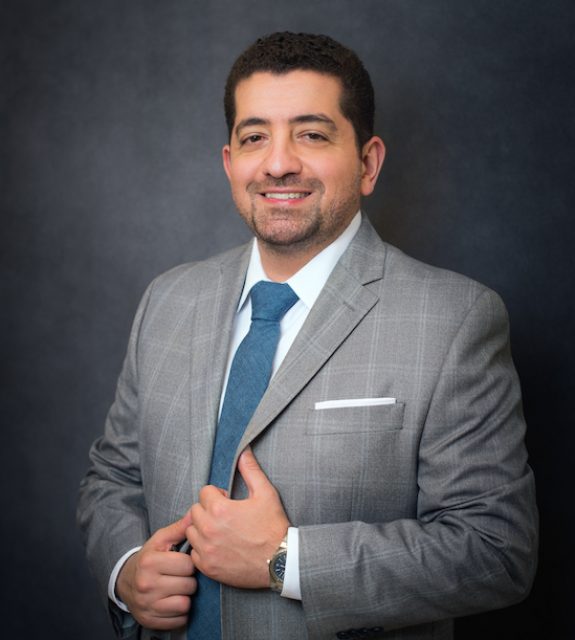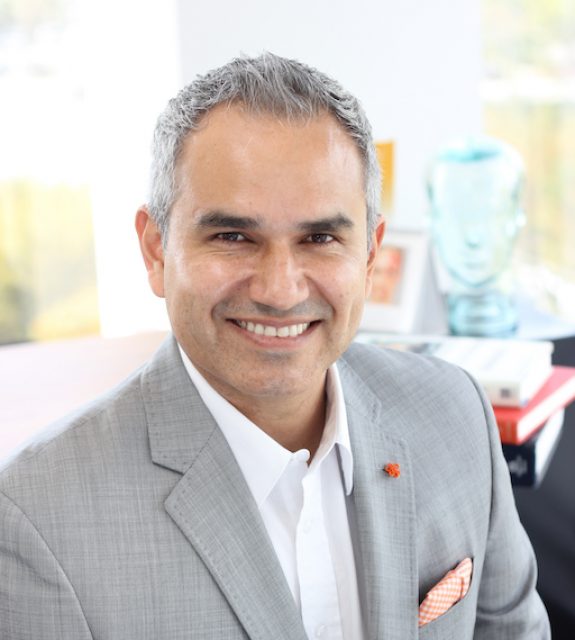Pregnancy and the welcoming of a little one to the world unquestionably shape some of the most joyous times in a woman's life. Despite the elation, however, these moments also alter the body in ways that few anticipate. For years now, the plastic surgery industry has stepped in to help moms regain their pre-birth figure and confidence. The wishfully called "mommy makeover" process often warrants several procedures and calls for both physical and mental toning.
To learn more about what is now a popular request at practices across the country, Haute Beauty talked to Dr. Kamakshi R. Zeidler of Aesthetx, who candidly shared her expertise, opinion and advice.
What are some of the most significant changes that a woman experiences physically after childbirth and how a mommy makeover addresses them?
First and foremost, I don’t know that moms need a “makeover” even though that is what the industry calls it. I believe moms come to me because they want to regain the body confidence they had before having children. Women go through so many physical changes after childbirth; changes that do not make them feel like the woman they felt like prior to giving birth. They really just want to feel feminine and sexy again.
One of the significant changes a woman experiences physically after childbirth is a change in the breasts. Breasts go through a process of stretching and glandular growth to prepare themselves for breastfeeding. Then there is involution, shrinkage of the breasts that occurs after breastfeeding has completed. This results in many women losing volume and feeling as if their breasts look deflated.
Most women like the fullness they possesed during pregnancy and breastfeeding, but not only does that fullness decrease over time, breasts will not return to their pre-pregnancy and pre-nursing positions. For the woman who wants to return to looking and feeling like she did prior to pregnancy and nursing, surgical breast procedures can be a solution.
Breast procedures cover a spectrum and combination of options including breast augmentation, breast lift, fat transfer, or sometimes even a breast reduction if a woman didn’t go through the involution process after the cessation of breastfeeding.
Besides the breasts, the abdomen is often affected significantly after childbirth. It is important to note that stretch marks cannot be prevented. There is a genetic component and they result from the skin stretching quickly causing tears under the surface of the skin. No amount of moisturizing will prevent them. Ironically, younger patients tend to get more severe stretch marks because the skin is tighter and is, therefore, more prone to tears.
Fatty deposits accumulate most naturally in the abdomen, hips and lower back as padding and a necessity for the baby, but these fatty deposits become very resistant and are often difficult for patients to lose even with rigorous workouts. The skin in the abdomen often becomes loose, wrinkly and this looseness tends to only worsen with weight loss.
Finally the rectus muscles (the muscles, in the front of the abdomen) get stretched out causing rectus diastasis, which is an abnormal separation of the abdominal muscles that make the six-pack, that no amount of tummy crunches will reverse. This diastasis can lead to bulging and a loss of one's waistline. Some women even get hernias, and for women who have c-sections, the scar often does not heal in an even way and fatty tissue gets stuck above the scar leading to either what many refer to as a ‘pooch’ or ‘shelf’ above the scar and indentation below the scar.
As mentioned, most women want to regain the body confidence they had before having children. The breasts and abdomen in particular are not only the areas that change the most but these body parts have a lot to do with women feeling feminine, confident and sexy. Universally all my patients looking for mommy makeovers say they would never change their decisions to have children, but feel fearful and sad about losing their femininity, and sense of self, in the process.
How long after childbirth, can a woman consider a mommy makeover?
Generally, I recommend waiting at least three to six months for a few reasons. It is best to wait until after a woman has decided to stop breastfeeding and weened her child. The anesthetic load, the amount of anesthesia that remains within the body after surgery, should be avoided, to not expose the baby.
Waiting for breasts to return to their normal size also decreases the risk of complications - like milk in the incisions. It also ensures that the size and shape created with surgery is just right as matches what is discussed in consultation.
When it comes to the abdomen, women get the best overall results when they lose as much baby weight as they can on their own before surgery.
Mommy makeovers can include such procedures as breast augmentation and/or lift, liposuction, tummy tuck, etc. Is there an order of which treatments are good to start with? Or can a woman undergo several of them with one surgery?
Its very common to undergo several procedures at once to maximize time under anesthesia and to go through one recovery period. It is important to note that for my patients I try to reduce the risk of using anesthesia since some procedures can be done with epidurals and sedation - such as on the back and abdomen. Then patients are only under full general anesthesia for the breast part of the surgery. This reduces the amount of time my patients experience under anesthesia, decreasing the risk of complications and making recovery easier.
What are some good practices in terms of dieting and exercise a woman can start on her own before the procedures?
In my opinion, to diet is more about becoming physically active and eating more nutritious and balanced meals, which is even more important for breastfeeding moms. And what better way to exercise than being active with your new baby!
Are there any different considerations when it comes to mommy makeovers for women who have had multiple pregnancies?
Usually the body changes are much more dramatic with multiple pregnancies, especially in the abdominal region. Many women feel defeated because they can’t seem to get the muscle tone they had prior to having children, so I reassure them that they are being too hard on themselves! The reality is that no amount of exercise will completely tighten the skin or make the muscles pull back together.
What is the recovery time and what should women do to encourage healing?
Typically with breast surgery, patients usually get back to all light activities, such as driving and going to work, within a week. When fat transfer is done to the breasts, however, the liposuction areas can be quite sore for a longer period of time. Body suits are worn for three to six weeks to offer support and help in healing. Generally light exercise can begin at six weeks.
With the abdomen, recovery depends on the procedure.
As with the breasts, liposuction to the abdomen and back requires a longer healing time. The same holds true for a mini tummy tuck which is much like a c-section in that a crescent of skin is removed in the lower abdomen, but it does not involve any significant muscle repair.
An endoscopic modified tummy tuck includes a short scar like a mini tummy tuck, but endoscopic muscle repair is also involved. A full tummy tuck on the other hand includes a full abdominal incision with muscle repair. Due to the muscle repair with the latter two, these do require a longer recovery time. Generally, I recommend two to three weeks before returning to work or driving and six weeks before resuming regular exercise. Beyond that, core strengthening exercise is not recommended until after three months.

























